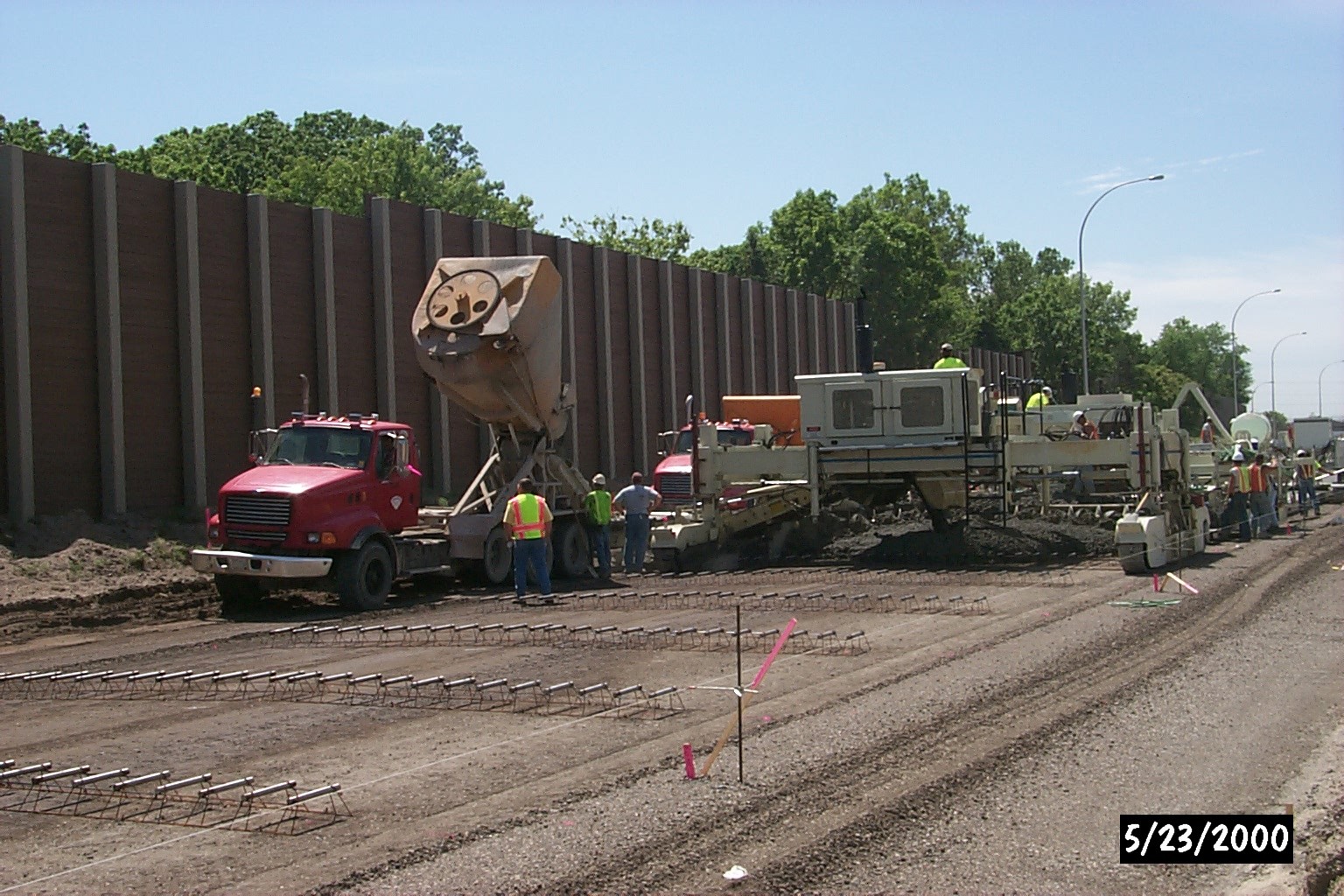Quick Links
- Bituminous
- Concrete
- Grading & Base
- Pavement Management
- State Aid
- Mn/DOT Technical Certification
- MEPDG (NCHRP 1-37A)
- FHWA Pavements
- MnROAD
- Research
- Seasonal Load Limits
Materials Manuals
Mn/DOT Resources
About the Soil & Cement Lab
The Soil & Cement labs share an area that is separated by doors. The Cement lab needs the temperature of the room to be between 67 to 82° with the humidity level at 50° for the tests that are required. The Soils lab doesn't need the temperature regulated.
The soil samples come into the lab were they are spread onto pans and dried out in ovens no higher then 140°
The gradation is ran to prep all material for required tests that will be ran on a particular sample. Such as: Proctor, R-value, PI and Hydrometer. The material is ran through several different numbered sieves to set tests up.
(gradation working area below)

Hydrometer (Particle Size Analysis of Soil) this test is ran to determine the silt, sand, and clay content in the soil that is being tested. Hydrometers are also ran on top soils, which is used for landscaping around the highways.
- PI (Plastic and Liquid Limit of Sample)
- Liquid limit is where we determine where the soil passes from a plastic stage to a liquid stage.
- Plastic limit determines how much plasticity is in the soil.

Proctor testing is ran to determine the relationship between the moisture content and density of soils when it is compacted.
(Proctor working area below)

Resistance R-Value is a test ran to determine how to design pavement structure. The R-Value method of design is based on two separate measurements.
(1) The R-Value (or resistance value) determines the thickness of cover or structural section required to prevent plastic deformation of soil under imposed wheel loads. (2) Expansion pressure test determines the thickness or weight of cover required to maintain the compaction of the soil. The Cement area has several different material tests on Cement and Fly ash, Curing compound and Slag. Also ran in this area is the ASR test. 
![]()



